
Whether you’re a Coca-Cola fan or not, you instantly recognize the iconic red and white colors on the bottles. It’s easily recognizable, and if you see it on a soft drink bottle, you know you’re getting a delicious carbonated beverage. However, when you run to the store to buy some, you may notice the caps are a different color. These yellow caps are causing quite a stir because people aren’t sure what they mean.
Have they always been there? Did you just never notice them before? All of these questions (and many others) are coming to help you understand the yellow cap.
Those yellow caps weren’t there before, and they aren’t an error in production. Once you realize their purpose, you’re sure to see that they make sense. Now is the time to find out why Coca-Cola manufacturers changed things up!
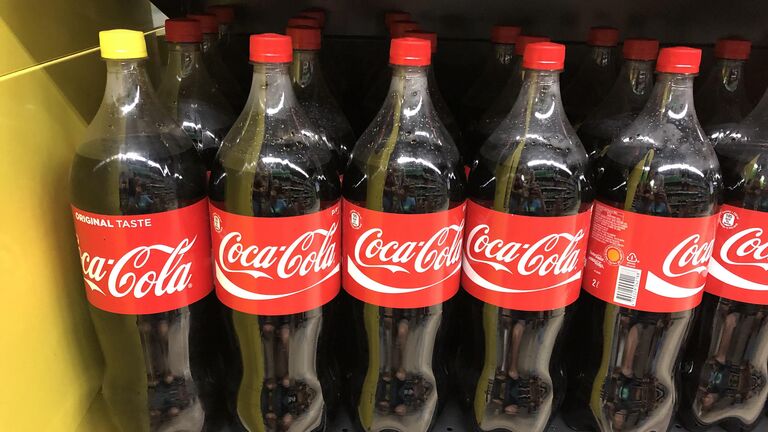
Other Colors
You may remember that Coke bottles have other colored caps, but why are the yellow ones so important? The drink’s flavor is often indicated. Therefore, a beige cap means it tastes like vanilla. However, the yellow versions are an exception because the color doesn’t depict the flavor.
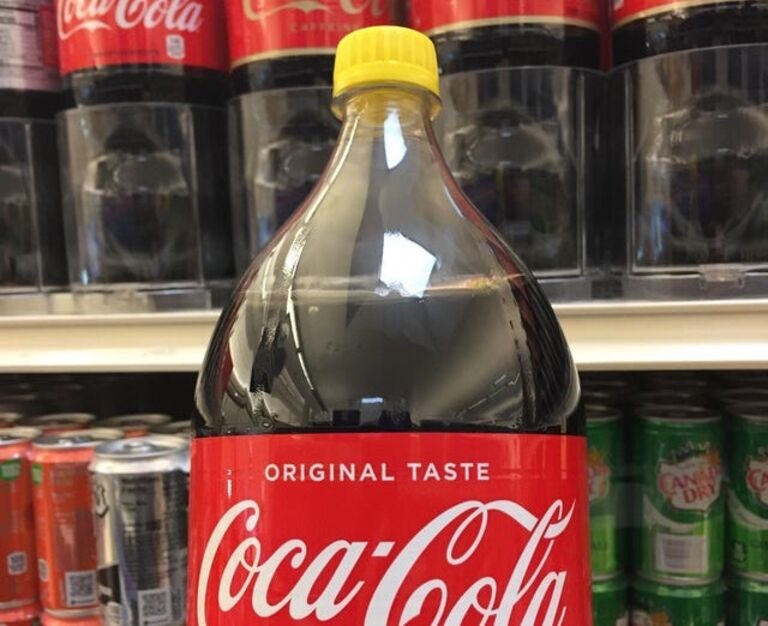
Not Available All the Time
Plus, you don’t see the yellow caps throughout the year. They only come out in the spring because they’re a limited-time edition and somewhat unique. You’re probably wondering what the color is for if they don’t tell you the flavor!
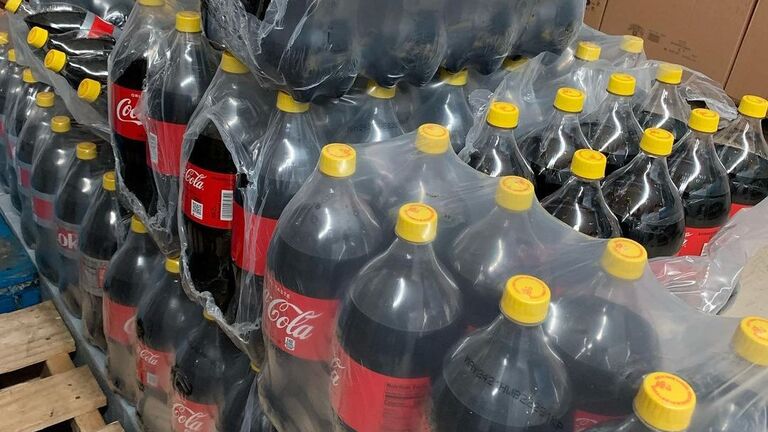
Everything’s the Same
Are there any other differences? Nope! From the famous logo to the red and white label, everything remains the same, other than the yellow cap. Therefore, you might be wondering why Coke uses the yellow caps and what they’re for!
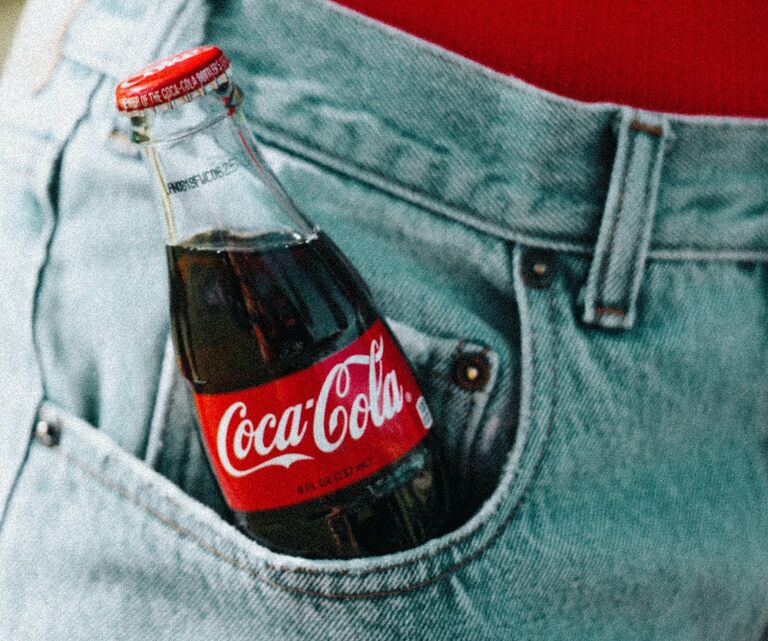
An Iconic Look
What was the origin of the iconic Coca-Cola look? You have to go back to 1886 when John Pemberton mixed the ingredients to come up with Coke. Millions drink it and love it, but at the time, it had no name.
![]()
Coca-Cola
It was a sweet, fizzy concoction without a name. However, Pemberton’s financial advisor, Frank Robinson, is considered the inventor of the beverage. Where did he find the moniker? What was the inspiration? At the time, he probably never dreamed that it could be a household name and staple!

Coca Cola
A Beloved Logo
The financial advisor believed that the two Cs might look great for advertising, and he wasn’t wrong. After he named it, he drew the now-famous logo and trademarked it in 1893. While there were some minor changes throughout the years, it’s stayed the same all that time.
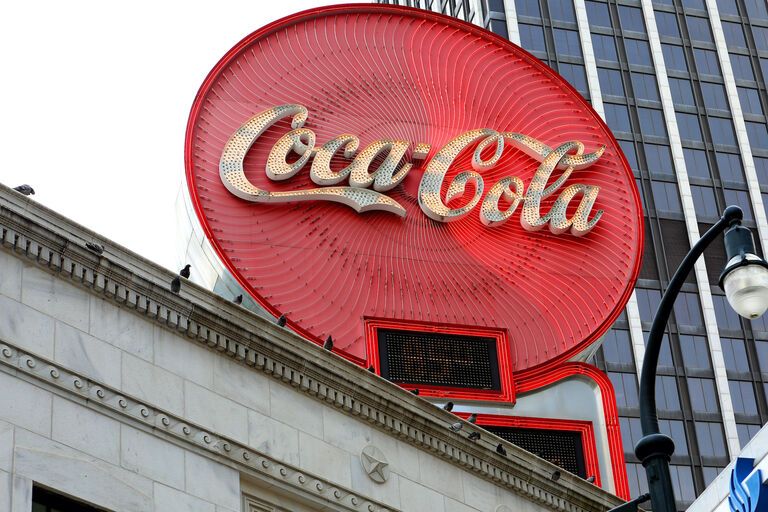
A Beloved Logo
Still Around
No one knows how the two people might have reacted if they knew the drink could be around for more than 100 years. Only a few others have achieved such things. However, what about the red/white combination? When did it start? Overall, it was still up-and-coming for sure!
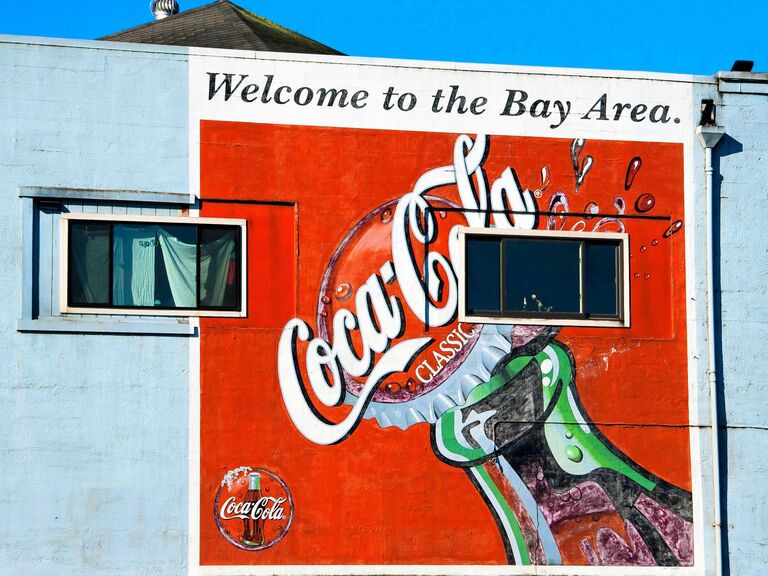
Still Around
Wall Painting Ads
Back in the 1890s, Coca-Cola promoted the beverage on wall paintings. Even then, it had an understanding of the branding. These murals were created with white writing on a red background. How did the colors come to be, though?
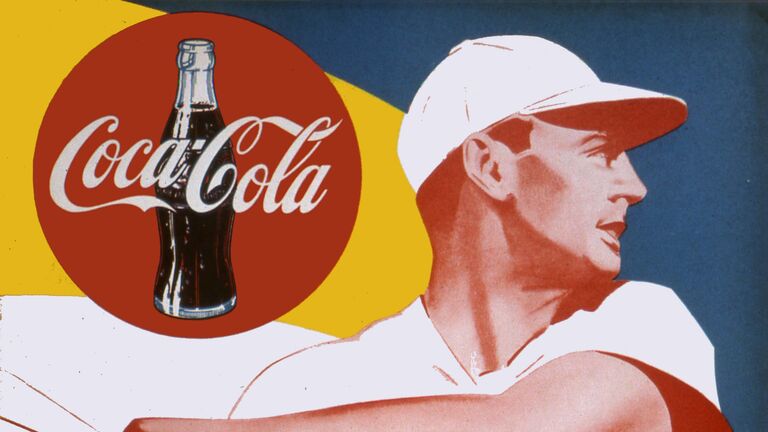
Wall Painting Ads
For Taxes
A company spokesperson said in a 2018 interview that it started painting barrels red so the tag agents could tell them apart from alcohol during transport. The colors just remained for all that time. However, the type of red it uses does matter.
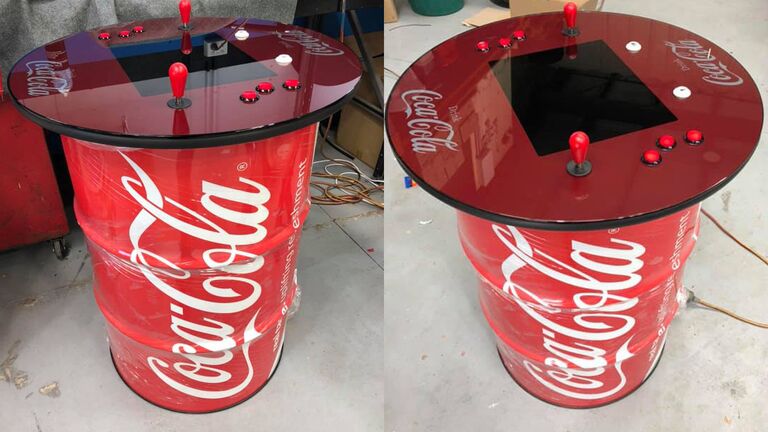
Various Shades of Red
The red you see on a Coca-Cola bottle is a blend of three shades. The final result has never been recorded, so if you want to use the same colors, you’ve got to think outside the box. However, the good news is no one can copy the specific hue and use it anywhere else.
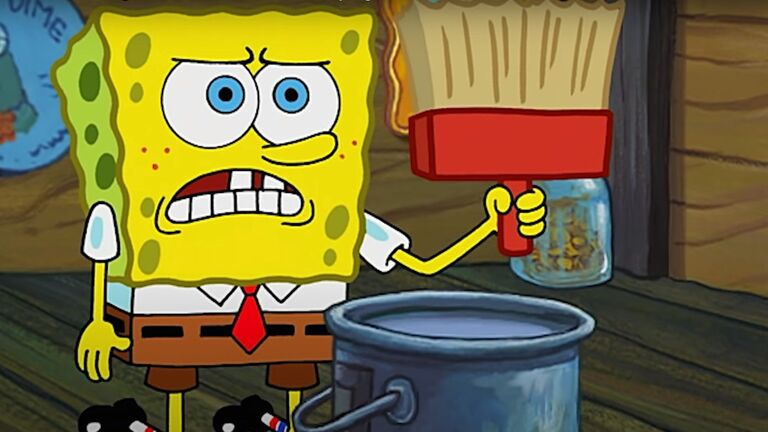
A Color to Pop
Therefore, the yellow caps are very prominent because they’re in opposition to the normal color scheme. The sunny hue pops against the scarlet label. However, they aren’t seen much in the South Pacific, and Coca-Cola decided to shake things up!
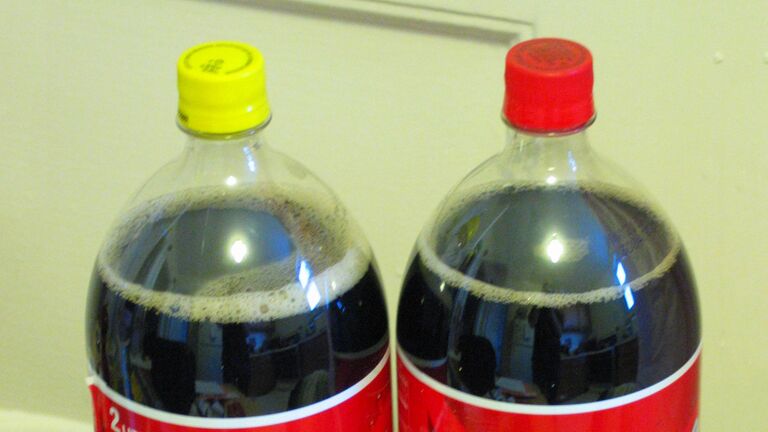
Various Shades Of Red
Colored Cans
The bright yellow didn’t clash with the cans released by the South Pacific branch in 2014. There were five colors: pink, orange, purple, blue, and green. In that case, the yellow isn’t so eye-catching when compared to those. However, why were those shades picked?
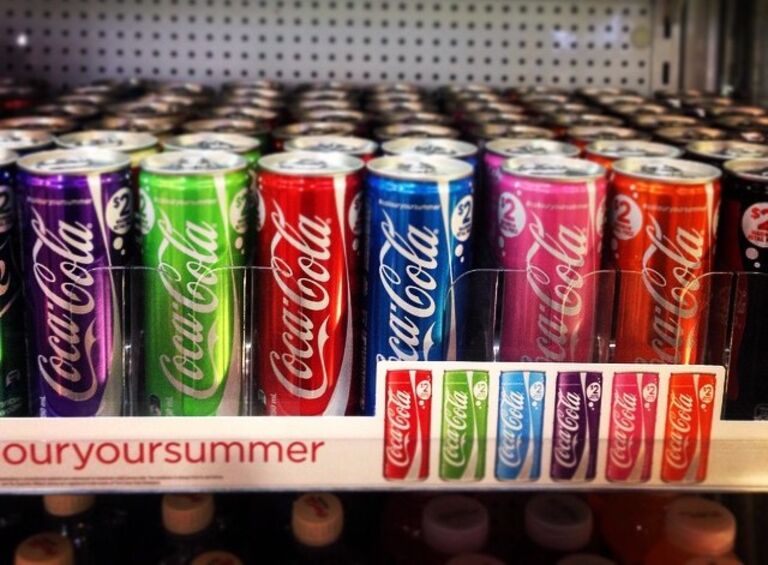
Vibrancy
Angeline Lee was the brand manager at the time and said that they wanted to retain the Coke’s vibrancy. The cans had to jump from the shelves, so color boldness was crucial. The company wanted to attract attention and did a good job of it!
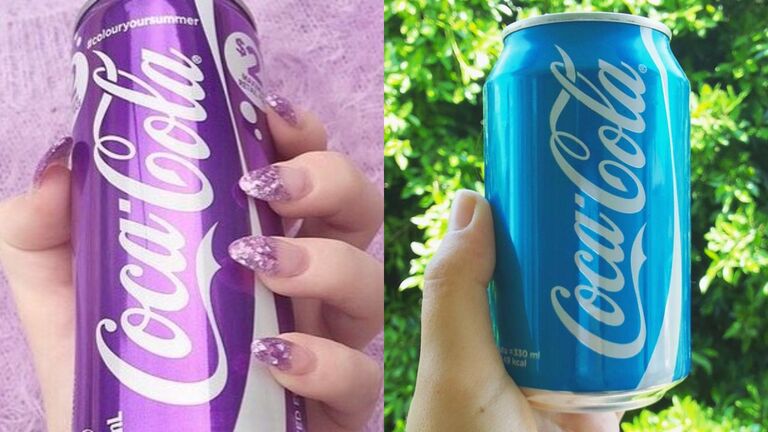
Intriguing Colors
The cans jumped out, but Coca-Cola in red was also available. However, most people liked the newness of the cans, reaching for those more often in the store. Though they tasted the same, it was quite an experience until the packaging hit a huge snag.
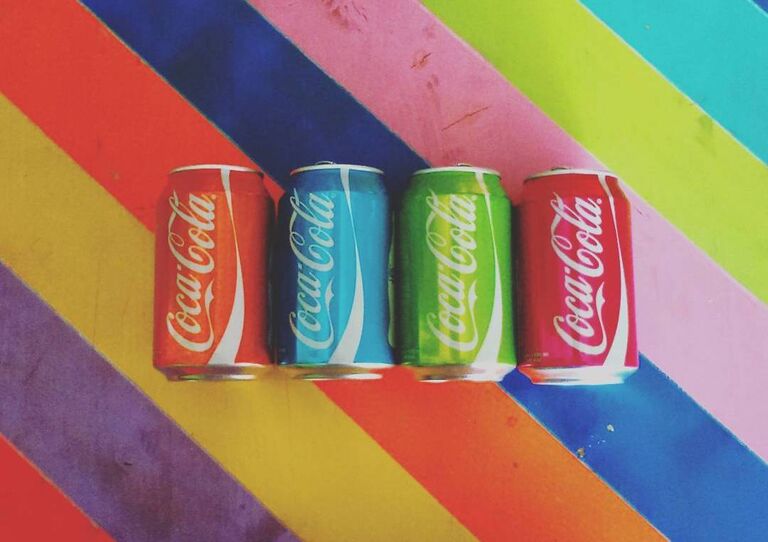
A Logistical Nightmare
Gary Burke was the head of the packaging department and described one particular problem. They needed to get those variations on the market, so one store didn’t get only green or orange cans. Things needed to get mixed up. Still, that didn’t seem to matter to consumers!
Not Easy
On paper, it all looked great. However, it was hard to make sure stores got different-colored cans. Machines couldn’t handle it all, so the workers got involved. Though it was a great idea, putting it into action made it more complicated.
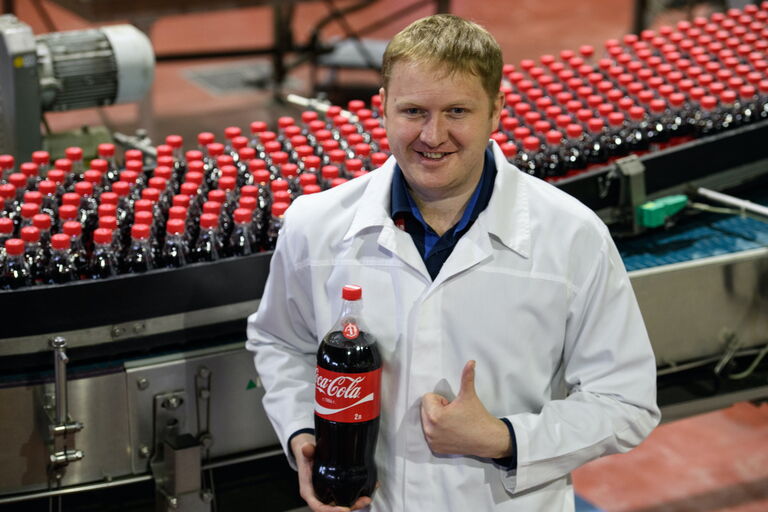
Labor-intensive Process
Jacqui Rooney, the manager, said they had to restack pallets manually, with three pallets and two colors. One layer of each had to be rebuilt. Those poor employees probably dreamed of rainbow cans for a while. Since it was so labor-intensive, the US didn’t see those bright can colors.
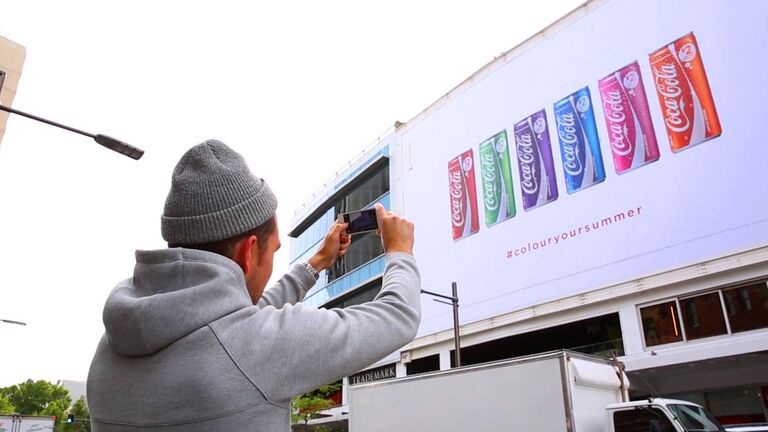
Different Situation
However, the yellow cap situation is different. They’re also limited as the cans, but there is a slight change to the ingredient list if you get a yellow-cap beverage. The caps don’t indicate specific flavors, but the formula used is unique. Most people don’t even taste a difference.
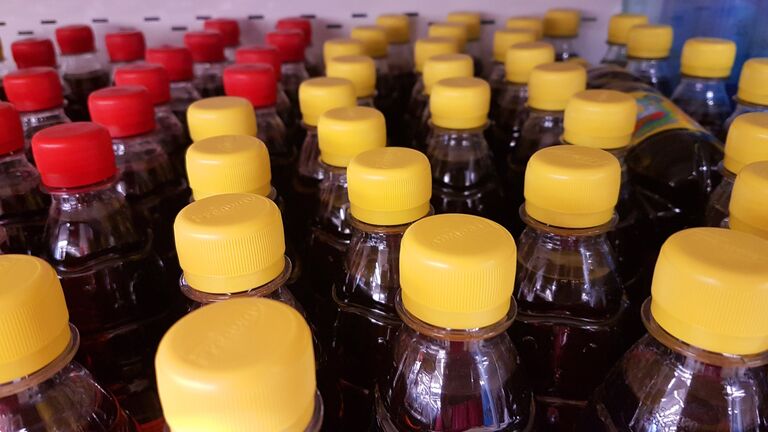
The Different Sweetener
Regular Coca-Cola uses high-fructose corn syrup, but that’s not found in the yellow-capped bottles. Instead, they use sucrose, which is made from beet and cane sugar. On paper, it might seem random, but there’s a reason the brand does this – it’s for a specific demographic!
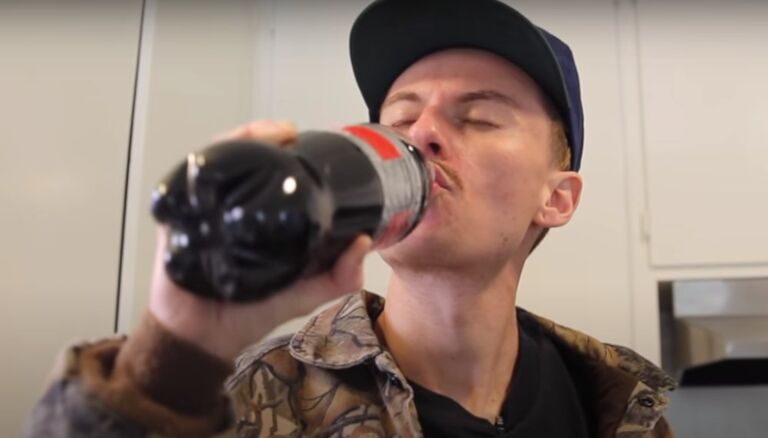
The Jewish Holiday
This change was made for those who observe Passover. Many foods are forbidden during the Jewish holiday, and corn syrup is one of them. However, sucrose is okay to have, so Passover-observant drinkers can still enjoy Coke; they just have to make sure it has the yellow cap!
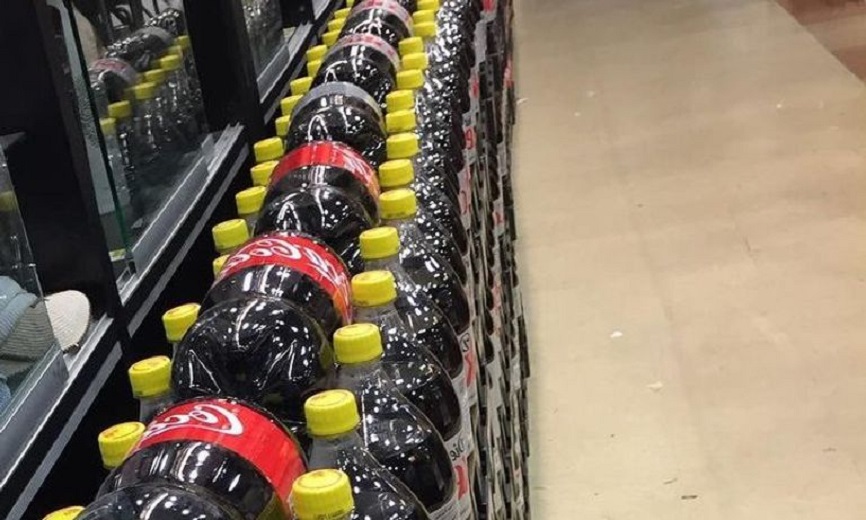
The Jewish Holiday
Kosher
These special caps tell people that it’s a kosher beverage for Passover. In a sense, it’s a stamp of approval. During Passover, people can’t eat or drink things that aren’t kosher for Passover, which involve traces of wheat products. It happens during one spring week a year, and various customs must be observed.
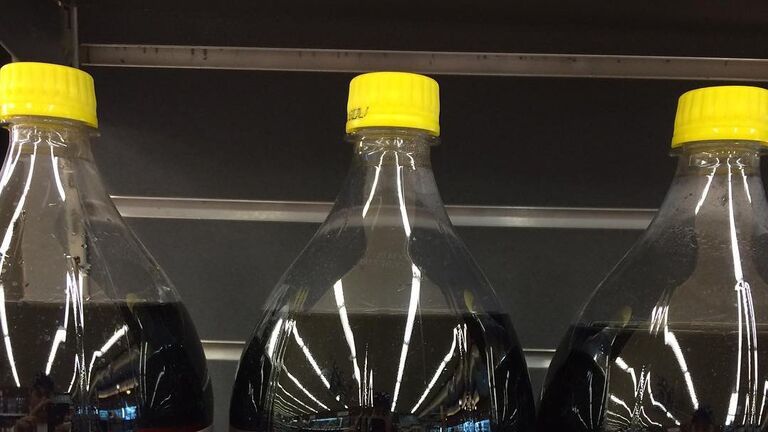
Confusing
Things can get confusing, though. Even if items are kosher for non-Passover time, they could be prohibited during this holiday. Regular Coke falls into that category. During the holiday, the rules are much stricter. Since it’s observed by Jews throughout the world, these yellow caps are seen everywhere.
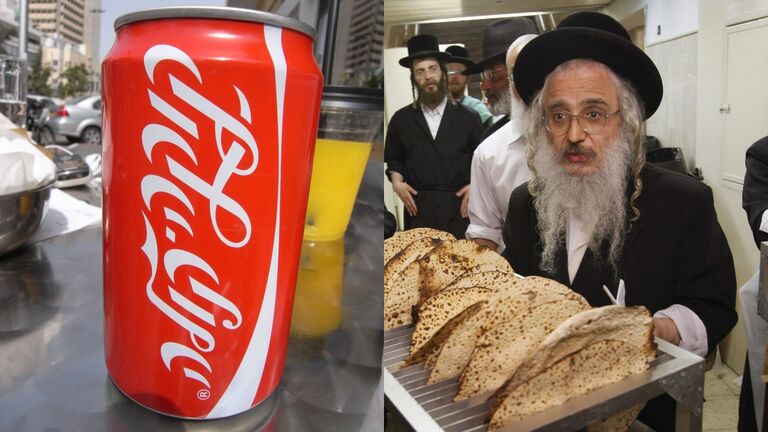
Confusing
No-Nos
Are there any off-limit items for Jews? Yes. Anything falling into the chametz category, which contains grains (rye, barley, spelt, wheat, and oats) is included and forbidden. However, the list doesn’t end there!

No Nos
No Chametz
Foods that rise during the baking process are prohibited, too. If you have bread in the house, it must be removed before Passover begins. People who strictly follow the rules don’t eat chametz at all during this holiday. Coca-Cola was aware of that and chose to create its kosher for Passover version.
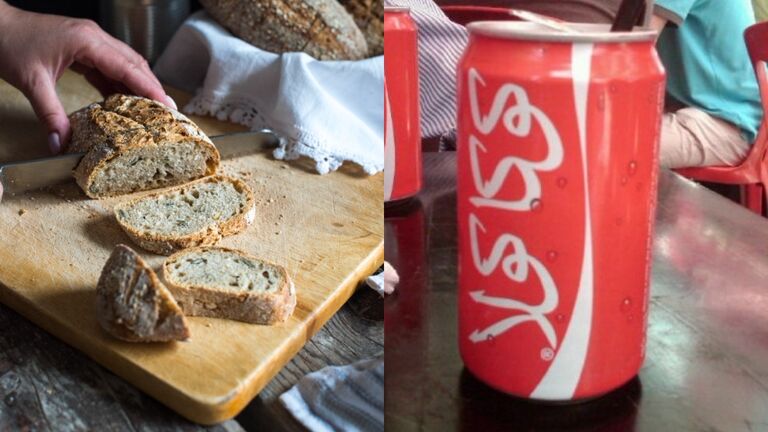
No Chametz
Other Restrictions
Kitniyot is also not allowed during Passover, but all Jews don’t follow it. If someone doesn’t have Eastern European roots, they’re safe. However, that accounts for just a quarter of the Jews in the world. Therefore, people should refrain from eating kitniyot. What is it, though?
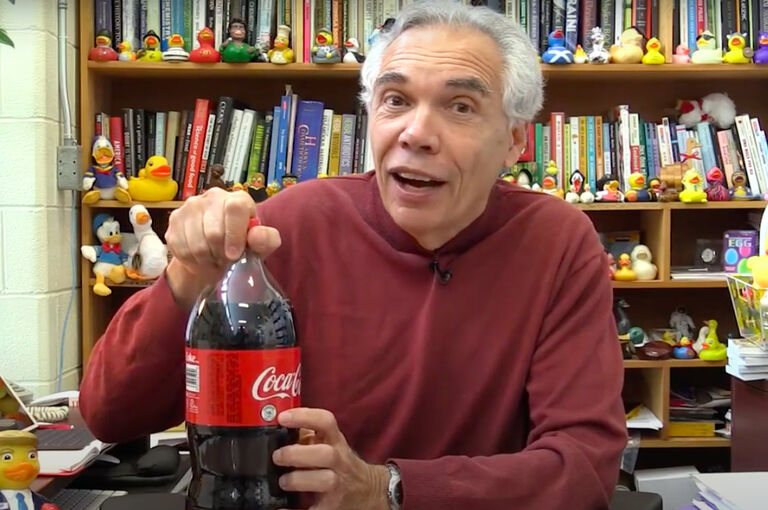
Other Restrictions
No Grains or Legumes
During Passover, many observant Jews can’t consume grains and legumes. Since corn is part of that food group, Coca-Cola can’t use high-fructose corn syrup and expect Passover followers to drink it. Therefore, the small change has a huge impact. Now, Jewish people can drink their favorite beverage during the holiday because it uses sucrose instead of corn syrup!
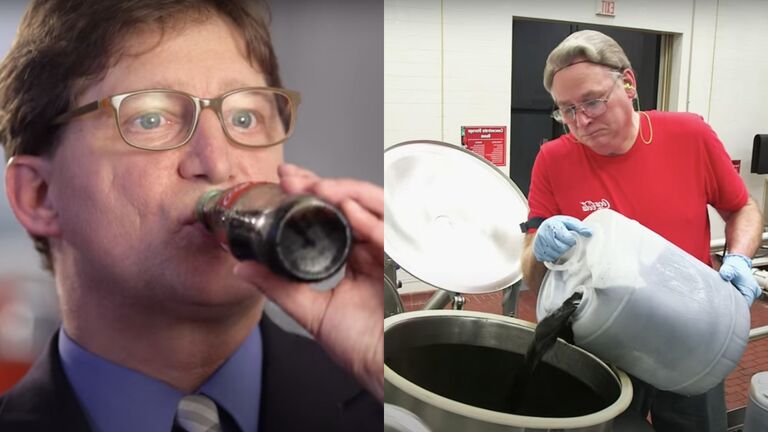
No Grains Or Legumes
Sucrose for the Win
Coca-Cola used sucrose before, which was the preferred ingredient. However, the sweetener was replaced with corn syrup because it was cheaper. How did the brand decide to add sucrose back to Coke again for Passover?
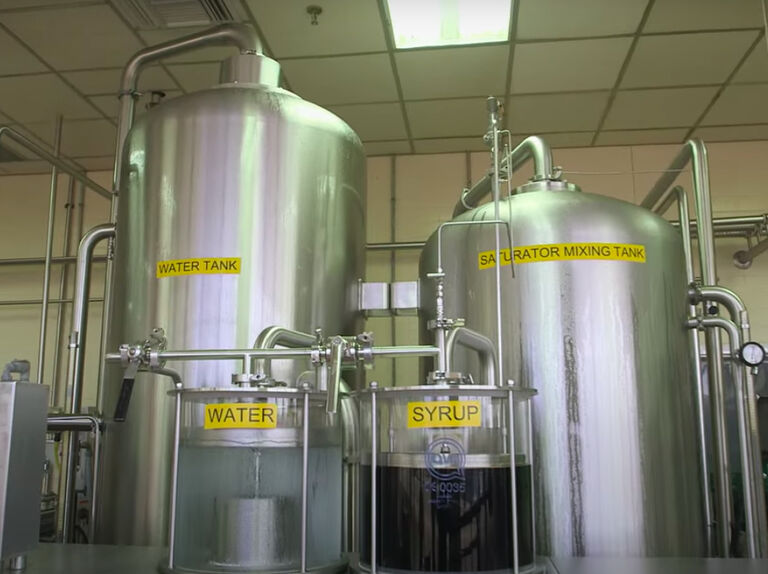
Sucrose For The Win
The Rabbi’s Idea
One rabbi recommended it, so Coca-Cola chose to use sucrose again during Passover. Tuvia Geffen came up with it in the 1930s. Therefore, it’s been around for a while. However, why did the rabbi suggest it, and why did the brand take it up?
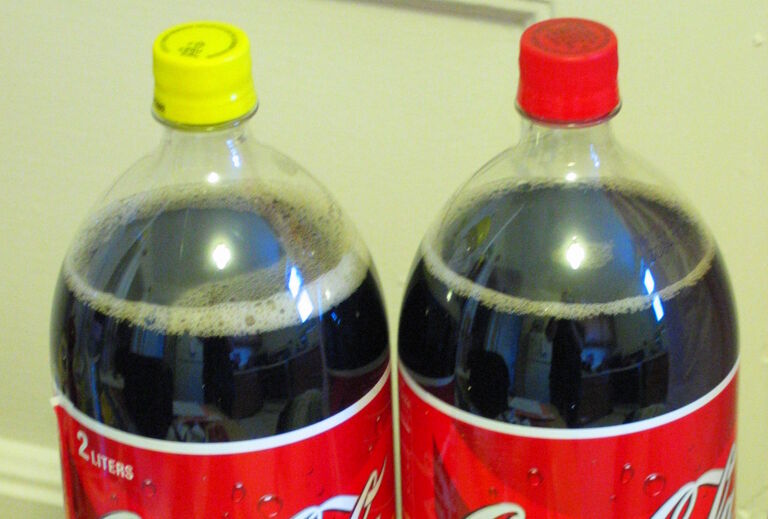
The Rabbi’s Idea
Mentions in Religious Edicts
Rabbi Geffen wrote a religious edict mentioning Coca-Cola. It was too hard for him to prevent people from drinking the beverage, so he wanted a method that permits its usage. Overall, he wanted Jews to observe kitniyot, and Coke’s help made it possible.
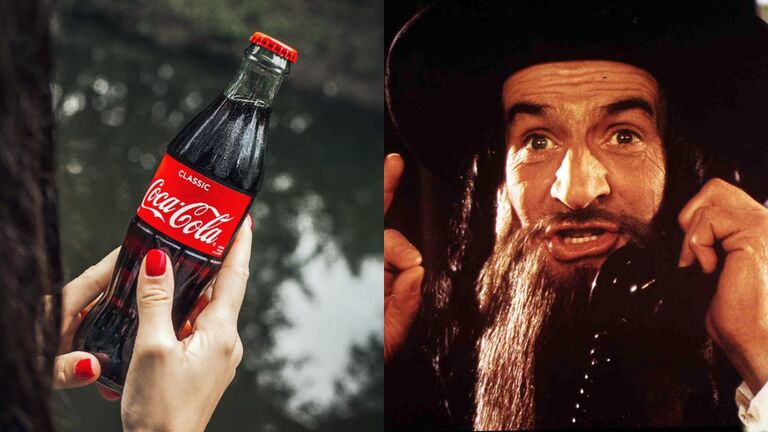
Mentions In Religious Edicts
The Pragmatic Solution
Jewish families can now serve Coke during Passover with no issues thanks to that solution. In fact, Rabbi Geffen made it possible for the Jews to enjoy their fizzy drink, no matter what time of year it is! The Passover-friendly beverage might not exist without him.
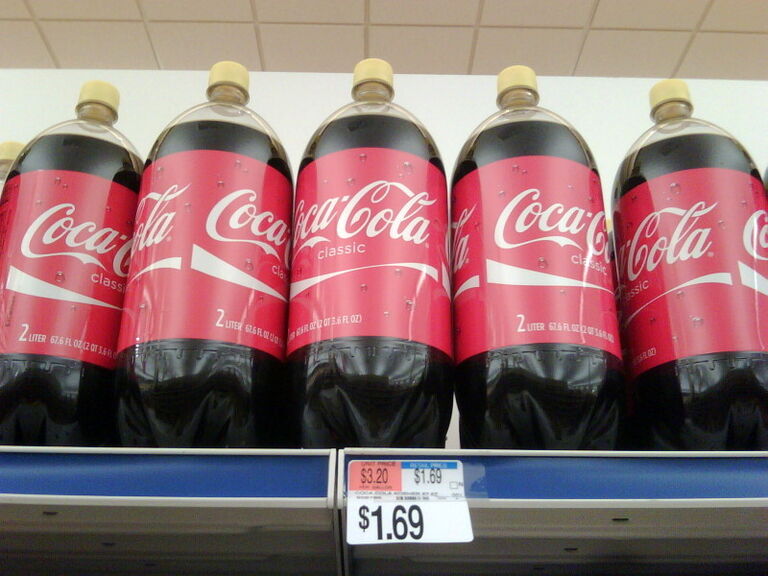
The Pragmatic Solution




